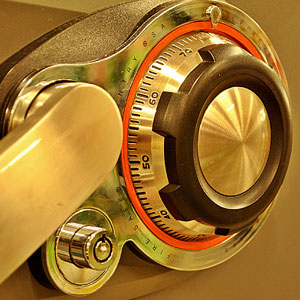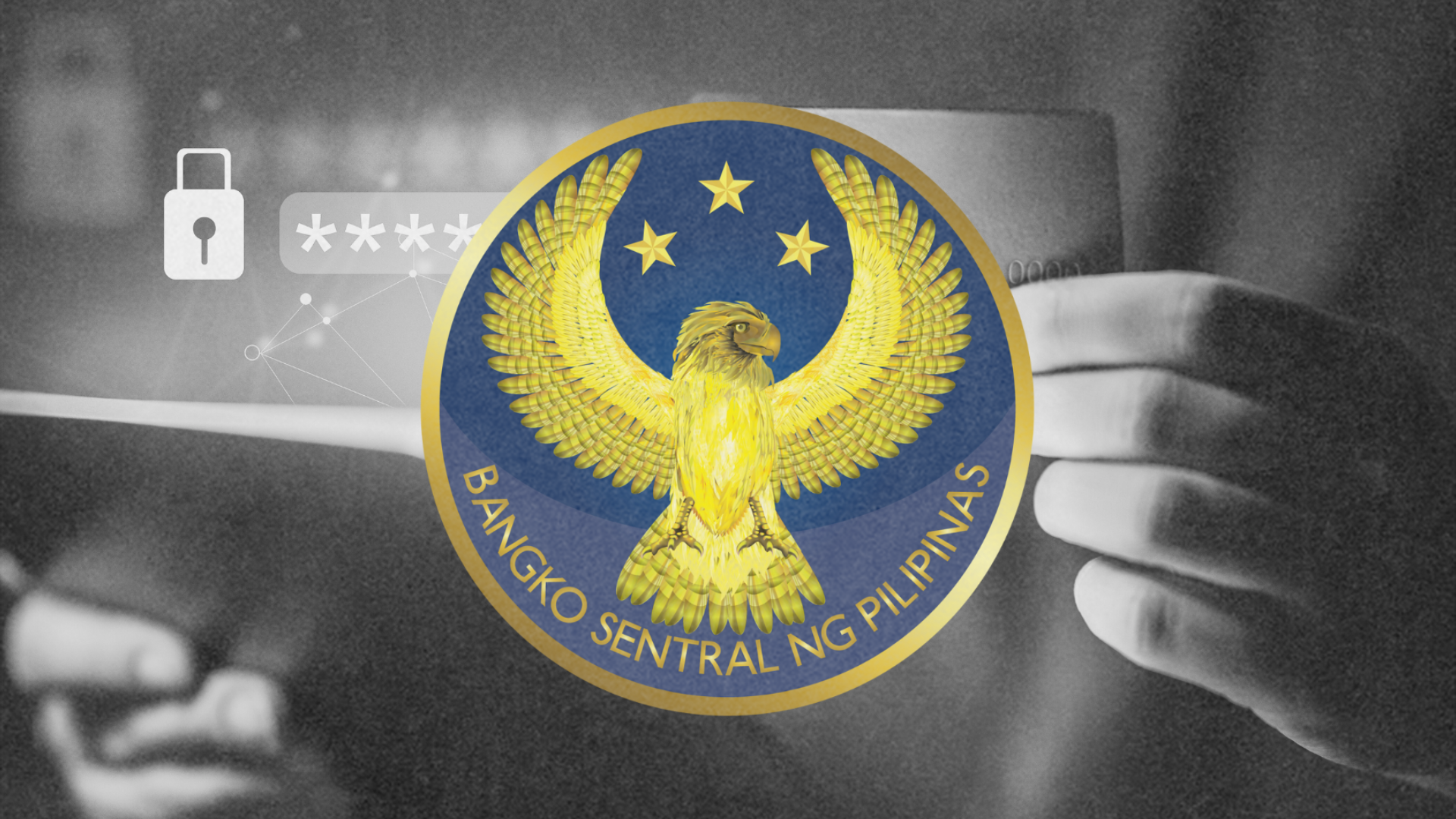Security, as we always hear, is EVERYBODY’S CONCERN—true enough in words but never in action. In most bank robbery cases, the employees and clients blame the law enforcers for their lack of presence, giving the robbers the opportunity to accomplish their mission. The police, meanwhile, blame the bank employees for failure to activate the alarm system that would notify them to go after the fleeing culprits. Through all this, clients are turned into soft targets, especially when they fail to practice security measures that would make it difficult for the culprits to victimize them.
Grappling with this scenario does not end with the bank, the clients, and the law enforcers. There are also those who ride the wagon of the events by hurling their unwarranted accusations, which, in turn, lead to more complications and perplex not only the bank personnel and clients, but the law enforcers as well.
When the RCBC Cabuyao bank robbery incident happened on May 16, 2008 (where all employees, a guard, and a client representative were all fatally silenced), I was asked who to blame for the incident, and my response was, “NOBODY, but if there is SOMEBODY to be blamed, it has to be EVERYBODY.”
Indeed, if we blame the robbers, we should also blame the employees for not observing precautionary measures that would have discouraged the perpetrators. We should also blame the law enforcers for failure of intelligence and failure to protect the employees and clients against lawless elements. Moreover, we should also blame those who, in one way or the other, directly or indirectly, had the knowledge or, at least, tolerated the acts of these robbery groups.
In spite of having the desire and means, a crime may not prosper nor succeed if the perpetrators do not have the opportunity to commit the act. Thus, in conclusion, we (Employees, Clients, Law Enforcers, and the Citizenry as a whole) must not give the lawless elements the opportunity they need to accomplish their mission.
Things to Remember: BEFORE, DURING, AND AFTER BANK ROBBERY
Bangko Sentral ng Pilipinas (BSP), being the qualified agency of government responsible in the operations of financial institutions, banks in particular, has issued pertinent circulars and memoranda with regard to bank protection. The latest is BSP Circular 620 series of 2008 re: Amended Rules and Regulations on Bank Protection. This requires banks to conduct periodic training and seminars of all its employee with regard to the measures they (employees) must observe before, during and after the robbery.
Before Robbery or Precautionary Measures to Prevent Robbery
All employees, especially front liners, must always be A-L-E-R-T as a precautionary measure. It means:
- Awareness of personnel
- Limit Exposed Assets
- Education and Training
- Report Suspicious Person and Unusual Events
- Target Hardening
For a determined robbery group, no matter what we do, they will rob the bank given the opportune time. They are even undeterred by the presence of warm bodies, with guards often proving no match against them. Typically, a bank would deploy ONLY four security guards, leaving them greatly outnumbered in instances when robbers would number up to 15 or more, depending on the difficulty and complexity of the mission.
In terms of logistics, guards are only allowed to carry low-powered firearms (e.g., calibre 380, 9mm pistols, or 12 ga. shotgun at the most) during their tour of duty, while robbers run their operations using high-powered arsenal (e.g., cal. 45 pistols, MP5, M-16, M-14, and M203 grenade launcher). Guards also fall short in tactics and strategy, given the meager training they undergo and the high cost it entails for them to religiously attend quality and certified training on firearms handling and proficiency. On the other hand, robbers may be hasty but their attuned movements give the impression that they are backed by military or police training, or have undergone such training themselves.
During Robbery
Now, you may wonder what we should do given that it seems almost impossible to counter the attacks of robbers. Employees and clients are therefore encouraged to O-B-S-E-R-V-E to avoid being harmed or, worst, being killed:
- Obey the robbers
- Be calm, don’t panic
- Switch on the alarm or any form of notification
- Exert effort to observe the robbers
- Remember any distinctive identification details of the robbers
- Value lives more than property
- Extend your observation
With the premise that the robbers’ main objective is to get as many cash and valuables as they can in the shortest time, the aspect of harming, or worst, klling the employees and clients is very remote. However, the robbers are prepared to harm or, worst, kill anyone they believe will compromise their objective. Professional bank robbery groups do not want to kill, considering that if they get apprehended they will just post bail for the crime of “robbery in band”, go out of jail, rest for a while, and then go back robbing banks. It is a vicious cycle that our law makers should look into and legislate law, making the crime of bank robbery non-bailable.
After Robbery
As soon as the robbers flee, the bank employees, clients, and guards must R-E-A-C-T, meaning;
- Report immediately
- Evidence preservation
- Attend to injured person/s (if any)
- Close the door
- Try to recall the details of the incident
And finally, remember that it needs the cooperation and support of each and everyone from the stakeholders, employees, clients, law enforcers, and the citizenry as a whole to deter crimes, especially attacks on financial institutions—banks in particular. Make it a habit to always be security conscious and always bear in mind that SECURITY IS EVERYBODY’S CONCERN.






